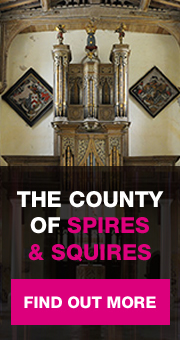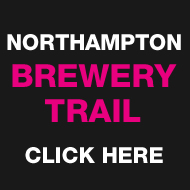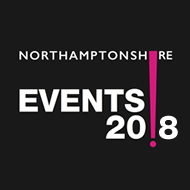Danish invaders settled here in the 8th century and gave it its name, Kori’s by. By the time the Domesday Book it had become Corbei. Its charter which allowed two annual fairs and thus securing its prosperity was granted by Henry II in 1226. The fair is still celebrated every 20 years in the Corby Pole Fair (next one 2022). Since Iron Age times the rich seams of iron ore here have been worked, the arrival of the Kettering to Manton railway line greatly increased the town’s importance in the early 20th century leading to the building of vast steel works in the 1930’s. Not surprisingly the effect was transforming as Corby grew from a village population of around 1,500 to a town population today of over 60,000. The old village still survives with its medieval church of St John the Baptist in Church Walk where you will also find The Corby Heritage Centre in the adjacent High Street. Rockingham Forest (ancient forest) is a former royal hunting forest in the county. Taking its name from the village of Rockingham and where the castle was a royal retreat. It is an area of some 200 sq mi (500 km2) lying between the River Welland and River nene It has a rich and varied landscape, with farmland, open pasture, pockets of woodland and villages built from local stone. The International swimming pool by S & P Architects (2008-09) and The Corby Cube by Hawkins Brown which incorporates some of the Council offices, library and theatre (2008-10). The town also boasts excellent schools and a college.
Lovecorby.co.uk is the host of everything great in Corby and the surrounding area whether looking to: Play, Shop, Eat, Sleep, Explore, Work, Study and much more…








